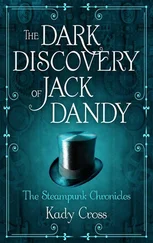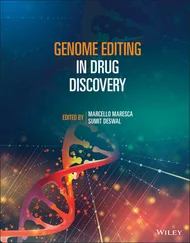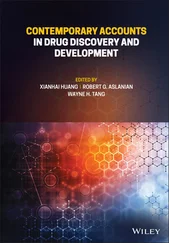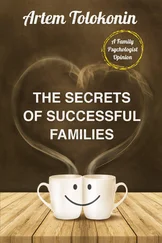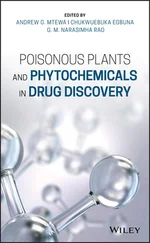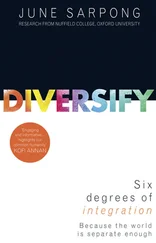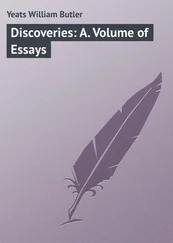200 201
201 202
202 203
203 204
204 205
205 206
206 207
207 208
208 209
209 210
210 211
211 212
212 213
213 214
214 215
215 216
216 217
217 218
218 219
219 221
220 223
221 224
222 225
223 226
224 227
225 228
226 230
227 231
228 232
229 233
230 234
231 235
232 236
233 237
234 238
235 239
236 240
237 241
238 242
239 243
240 244
241 245
242 246
243 247
244 248
245 249
246 250
247 251
248 252
249 253
250 254
251 255
252 256
253 257
254 258
255 259
256 260
257 261
258 262
259 263
260 265
261 266
262 268
263 269
264 270
265 271
266 273
267 274
268 275
269 276
270 277
271 278
272 279
273 280
274 281
275 282
276 283
277 284
278 285
279 286
280 287
281 288
282 289
283 291
284 292
285 293
286 294
287 295
288 296
289 297
290 298
291 299
292 300
293 301
Successful Drug Discovery
Volume 5
Edited by
János Fischer Christian Klein Wayne E. Childers

Editors
János Fischer
Richter Co., Plc.
Pharma Research
Gyömröi ut 19/21
1103 Budapest
Hungary
Christian Klein
Roche Innovation Center Zurich
Cancer Immunotherapy Discovery
Wagistrasse 10
8952 Schlieren
Switzerland
Wayne E. Childers
Temple University School of Pharmacy
Moulder Ctr. for Drug Discovery Res.
3307 N Broad Street
PA
United States
Cover
Supported by the
International Union of Pure and Applied Chemistry (IUPAC)
Chemistry and Human Health Division
PO Box 13757
Research Triangle Park, NC 2770‐3757
USA
All books published by Wiley‐VCHare carefully produced. Nevertheless, authors, editors, and publisher do not warrant the information contained in these books, including this book, to be free of errors. Readers are advised to keep in mind that statements, data, illustrations, procedural details or other items may inadvertently be inaccurate.
Library of Congress Card No.:
applied for
British Library Cataloguing‐in‐Publication Data
A catalogue record for this book is available from the British Library.
Bibliographic information published by the Deutsche Nationalbibliothek
The Deutsche Nationalbibliothek lists this publication in the Deutsche Nationalbibliografie; detailed bibliographic data are available on the Internet at < http://dnb.d-nb.de>.
© 2021 WILEY‐VCH GmbH, Boschstr. 12, 69469 Weinheim, Germany
All rights reserved (including those of translation into other languages). No part of this book may be reproduced in any form – by photoprinting, microfilm, or any other means – nor transmitted or translated into a machine language without written permission from the publishers. Registered names, trademarks, etc. used in this book, even when not specifically marked as such, are not to be considered unprotected by law.
Print ISBN:978‐3‐527‐34754‐4
ePDF ISBN:978‐3‐527‐82685‐8
ePub ISBN:978‐3‐527‐82686‐5
oBook ISBN:978‐3‐527‐82687‐2
Jonathan Baell
(Monash University)
Gabriele Costantino
(University of Parma)
Jagath Reddy Junutula
(ModMab Therapeutics)
Kazumi Kondo
(Otsuka)
Roberto Pellicciari
(TES Pharma S.r.l.)
David Rotella
(Montclair State University)
The International Union of Pure and Applied Chemistry ( IUPAC ) supports the publication of the book series Successful Drug Discovery as projects. In these books, experts and key inventors describe and analyze different aspects of drug discovery.
The fifth volume of Successful Drug Discovery has the same structure as the previous volumes. New drug discoveries will be discussed in three parts: Part I: General Aspects, Part II: Drug Class Studies, and Part III: Case Studies encompassing both small‐molecule drugs and biologics.
The editors thank the advisory board members: Jonathan Baell (Monash University), Gabriele Costantino (University of Parma), Jagath R. Junutula (ModMab Therapeutics), Kazumi Kondo (Otsuka Pharmaceutical), Roberto Pellicciari (TES Pharma), and David Rotella (Montclair State University). Special thanks go to the following reviewers who helped both the authors and the editors: John M. Beals, András Kern, Béla Kiss, Thomas Luebbers, Gerd Schnorrenberg, William N. Washburn, and Peng Wu. Special thanks are due to Juergen Stohner for his review from the viewpoint of the IUPAC Interdivisional Committee on Terminology, Nomenclature, and Symbols (ICTNS).
Oliver Plettenburg (University of Hannover and Helmholtz Centre Munich) affords an overview on drug discoveries originating from academic research. The chapter covers both small‐molecule drugs and biologics as well as some natural product‐derived drugs. The chapter testifies to how drug discovery has become vital and indispensable discipline at many academic institutions.
Ynonne Alice Nagel , Adrian Britschgi , and Antonio Ricci (Roche) summarize new ways of breaking down disease‐associated proteins. Targeted protein degradation via so‐called PROTACS and other approaches now allows researchers to modulate previously undruggable target proteins.
Part II: Drug Class Studies
Lars Linderoth, Jacob Kofoed, János T. Kodra, Steffen Reedtz‐Runge , and Thomas Kruse (Novo‐Nordisk) review the very important drug class of GLP‐1R agonists for the treatment of diabetes type 2. Since the discovery of GLP‐1 in the 1980s and the launch of the first GLP‐1R agonist‐based therapeutics, multiple development paths have arisen for this successful class of drugs.
Ana Marta de Matos, Patr  cia Calado , William Washburn, and Amélia Pilar Rauter (University of Lisbon) report on another very important drug class for the treatment of diabetes type 2: SGLT2 (sodium‐glucose cotransporter‐2) inhibitors. The pioneer drug dapagliflozin initiated drug research resulting in several new and successful analogues. The chapter focuses on recent synthetic advances and clinical data for this class of drugs.
cia Calado , William Washburn, and Amélia Pilar Rauter (University of Lisbon) report on another very important drug class for the treatment of diabetes type 2: SGLT2 (sodium‐glucose cotransporter‐2) inhibitors. The pioneer drug dapagliflozin initiated drug research resulting in several new and successful analogues. The chapter focuses on recent synthetic advances and clinical data for this class of drugs.
Whitney Gladney, Julie Jadlowsky , Megan M. Davis, and Andrew Fesnak (University of Pennsylvania) review the field of cell‐based therapy in a chapter on “CAR T Cells: A Novel Biological Drug Class.” Their chapter describes the first cell‐based gene therapy treatment used for the treatment of relapsed acute lymphoblastic leukemia.
Читать дальше
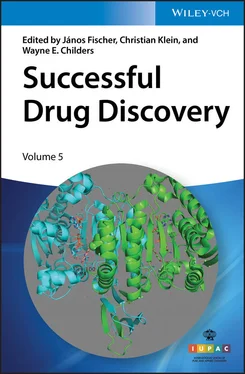

 cia Calado , William Washburn, and Amélia Pilar Rauter (University of Lisbon) report on another very important drug class for the treatment of diabetes type 2: SGLT2 (sodium‐glucose cotransporter‐2) inhibitors. The pioneer drug dapagliflozin initiated drug research resulting in several new and successful analogues. The chapter focuses on recent synthetic advances and clinical data for this class of drugs.
cia Calado , William Washburn, and Amélia Pilar Rauter (University of Lisbon) report on another very important drug class for the treatment of diabetes type 2: SGLT2 (sodium‐glucose cotransporter‐2) inhibitors. The pioneer drug dapagliflozin initiated drug research resulting in several new and successful analogues. The chapter focuses on recent synthetic advances and clinical data for this class of drugs.
